Caramel is one of the basic building blocks of pastry - also known as component parts or foundations. It can be used as a part of a recipe, as a sauce or a candy. There are several ways of making caramel. This is the caramel used in many of the recipes on this blog.
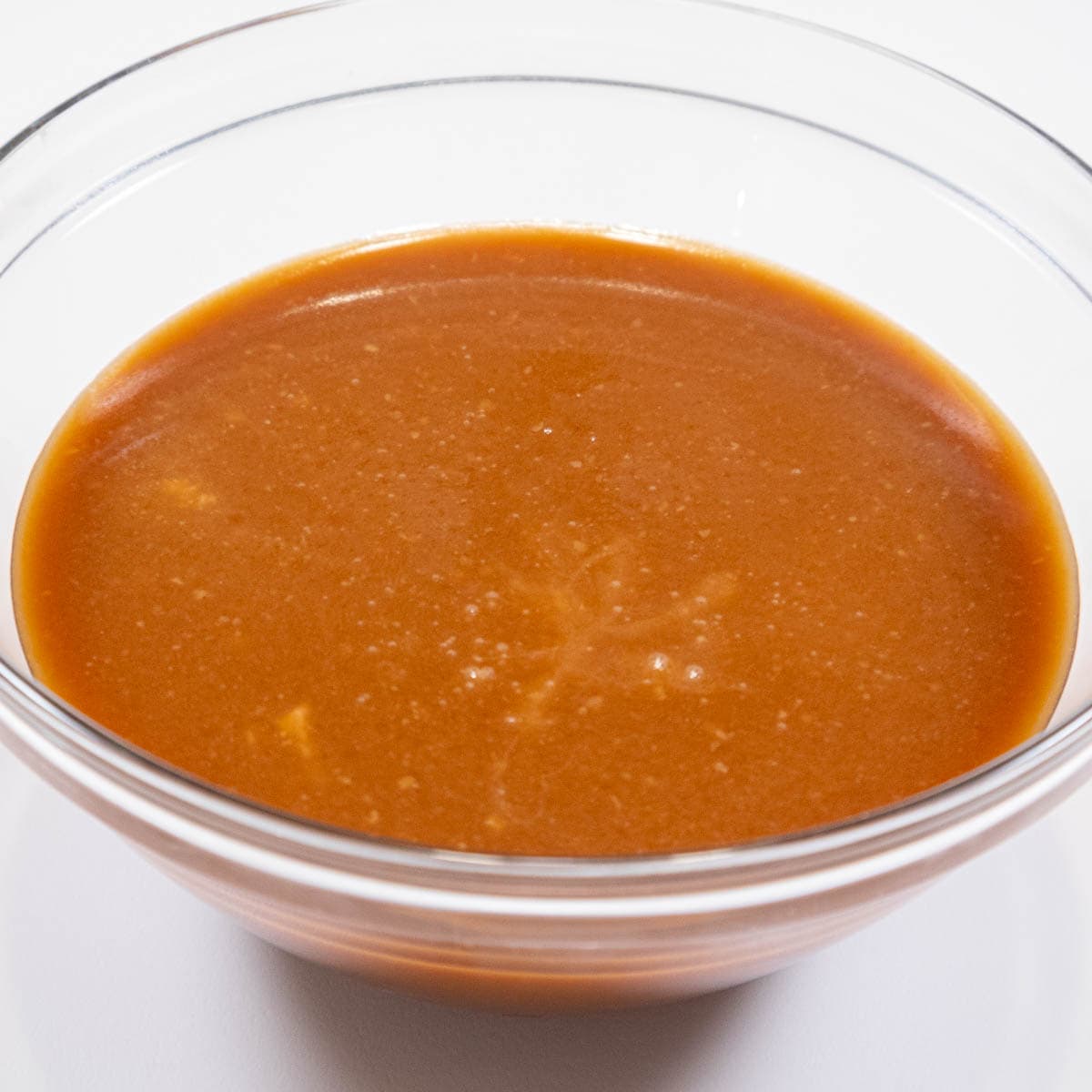
The simplest way of making caramel is the dry method where sugar is placed in a heavy pan and liquified over heat until it becomes deeply golden and then cream is added. Truthfully, I was never successful with this method.
But taking a different route offers an easier, deeper, richer caramel. The wet method starts with water, sugar and clear corn syrup. The corn syrup is the key to a perfect caramel that will not granulate over time. After it reaches a deep golden brown, cream and butter are added and then back on the heat it goes to reach the desired temperature.
Temperatures for Different Caramel
This recipe can be cooked to different temperature for different outcomes. Just follow this guide to obtain the caramel you need.
Caramel Syrup - 215F°F to 220°F
Caramel that stays soft at room temperature - 230°F to 234°
Caramel to top cakes, tarts - 232°F to 236°F
Soft caramel - 240° to 245°F
Hard Caramel - 300°F to 315°F
Ingredients
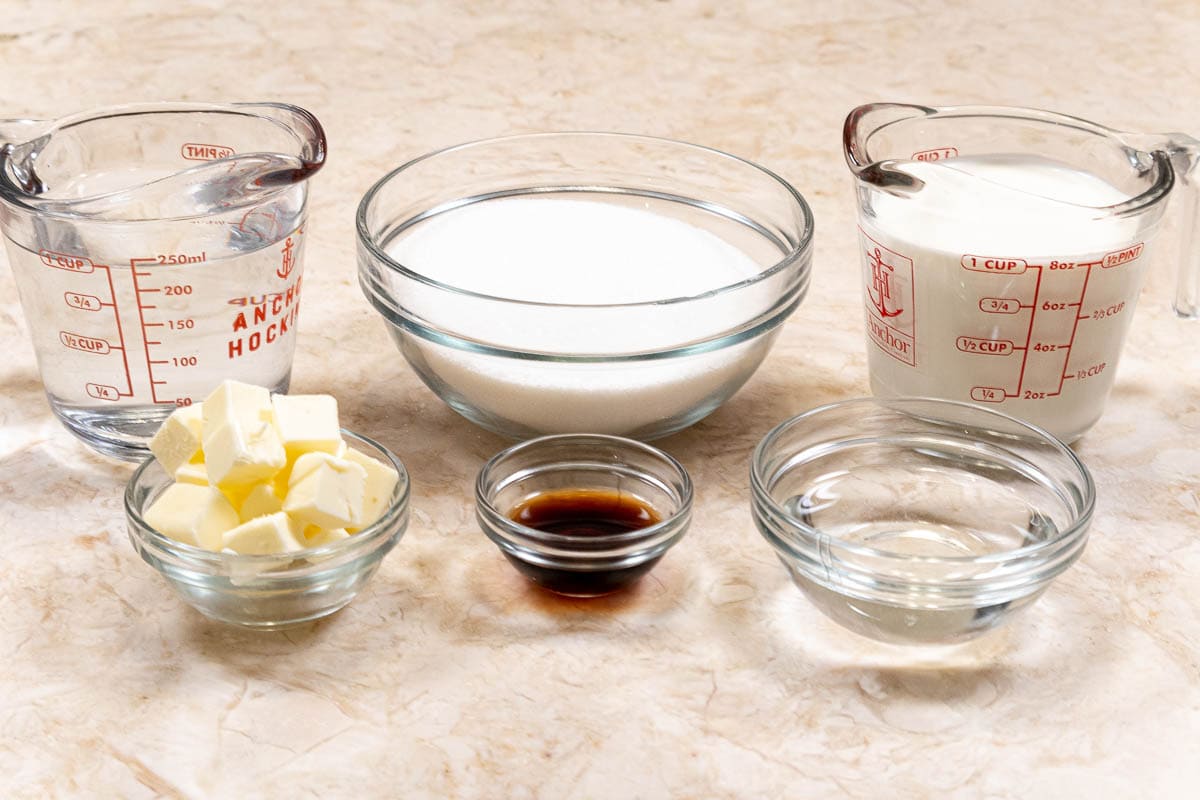
Back Row: water,granulated sugar and cream. Front Row: butter, vanilla, corn syrup
Granulated Sugar is the most commonly used and the one I recommend for this recipe. Brown sugar is sometimes also used.
Corn Syrup is the key to a perfect caramel. Clear corn syrup is an invert sugar and, used in the correct proportions, will prevent the caramel from becoming grainy.
Unsalted Butter is recommended even when making salted caramel. The unsalted butter lets you control the amount of salt you add.
Heavy Cream can also be referred to as 40% cream, meaning that it contains 40% butterfat. It is preferred over whipping cream which has less butterfat.
Instructions
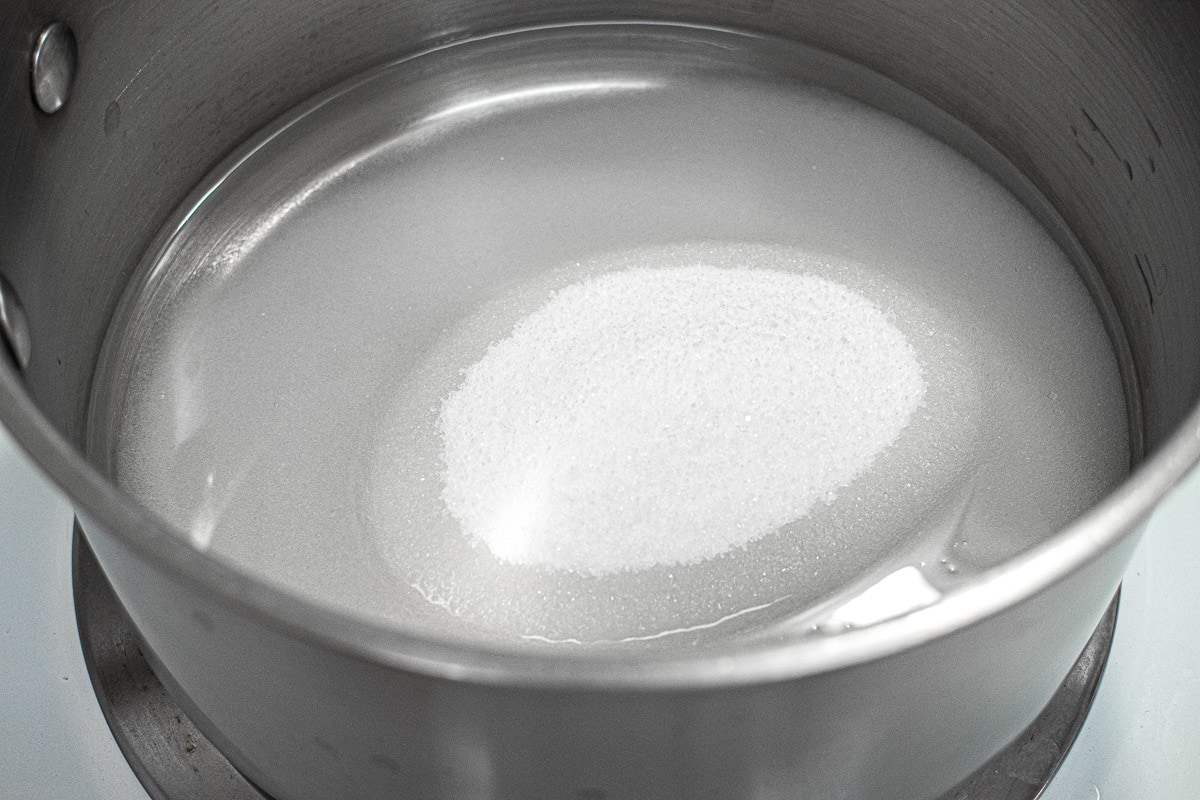
Step 1. Water, granulated sugar and corn syrup in pan before boiling.
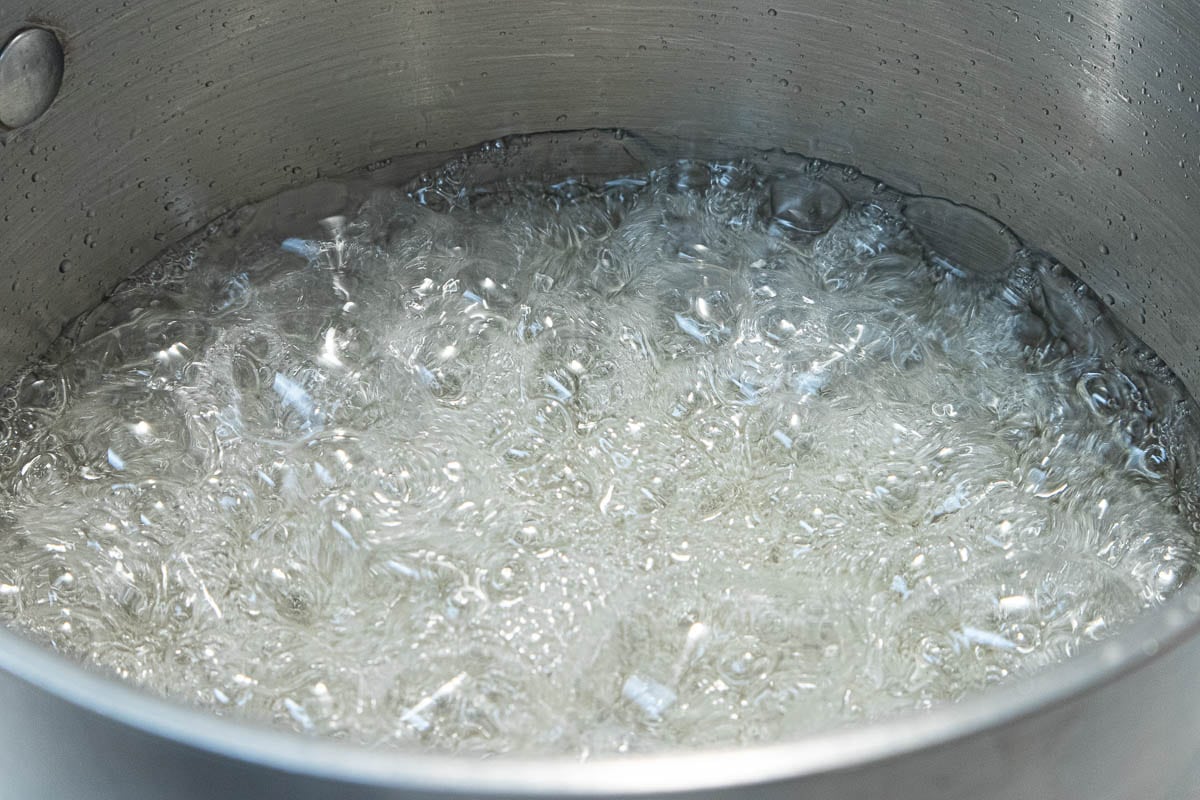
Step 2. Granulated sugar, water and corn syrup boiling over high heat.
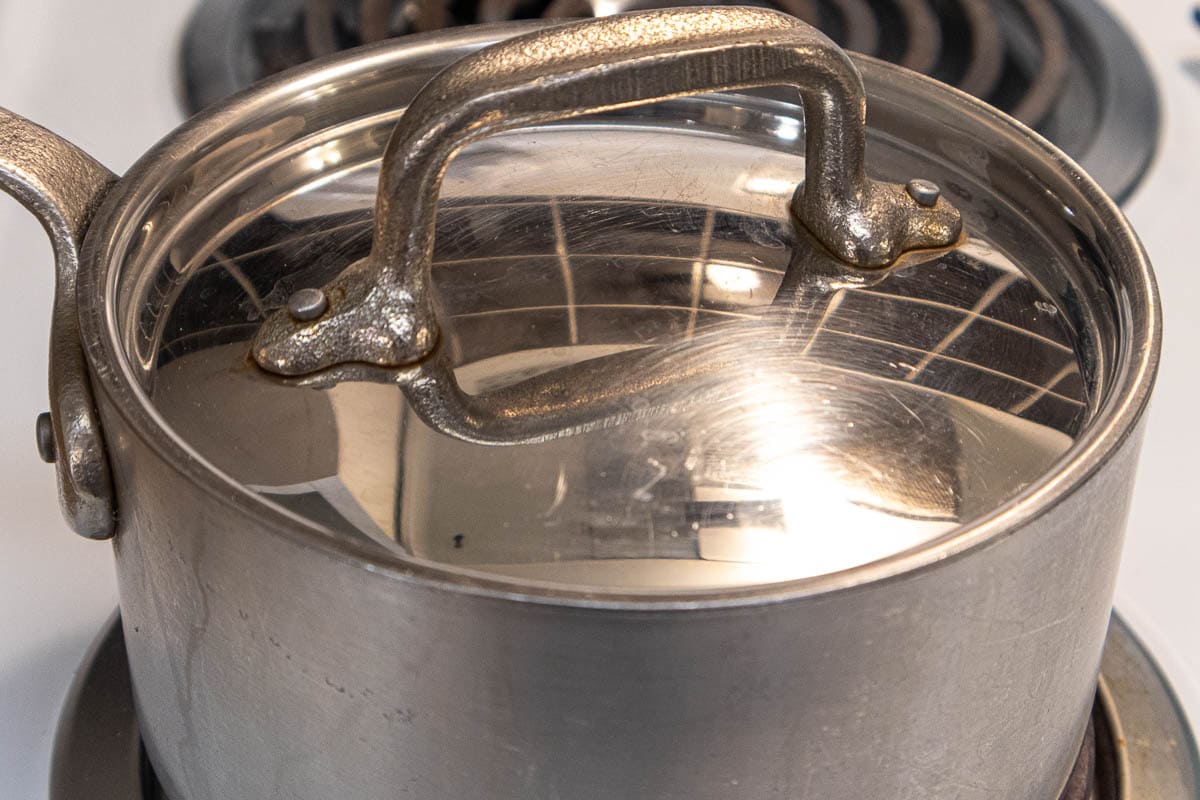
Step 3. A lid is placed on the pan for 3 to 4 minutes to wash down the sides so no sugar granules remain to make the caramel grainy. Alternatively, the sides can be washed down with a pastry brush and cold water.
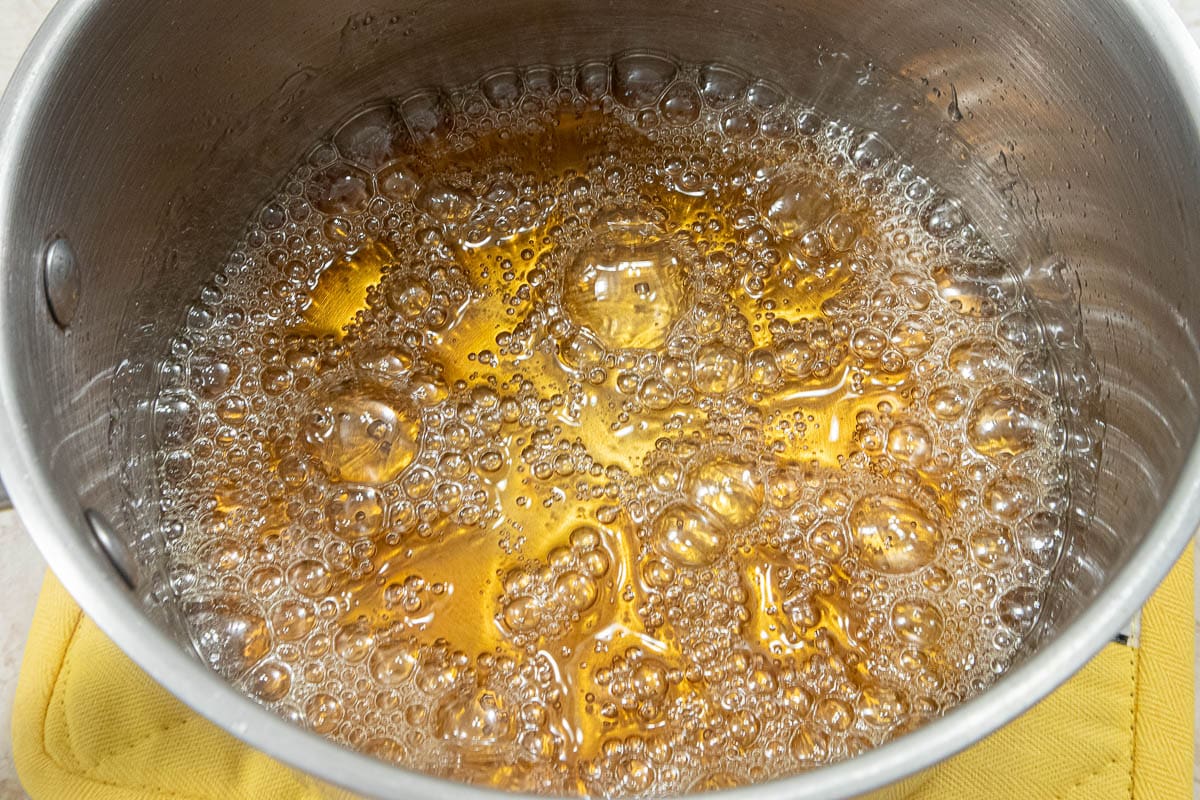
Step 4. The sugar is boiled until it reaches a deep golden color. Remove from the heat.
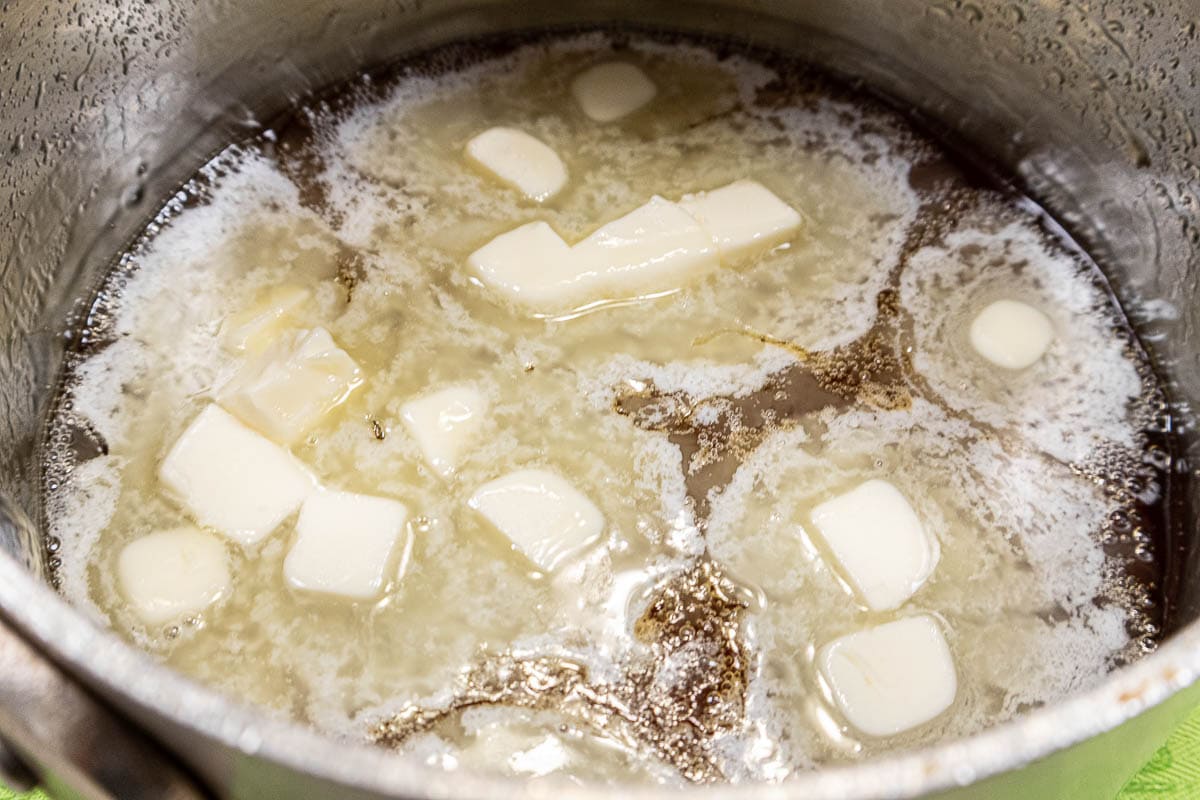
Step 5. Butter is melted in the hot, golden syrup before adding the cream.
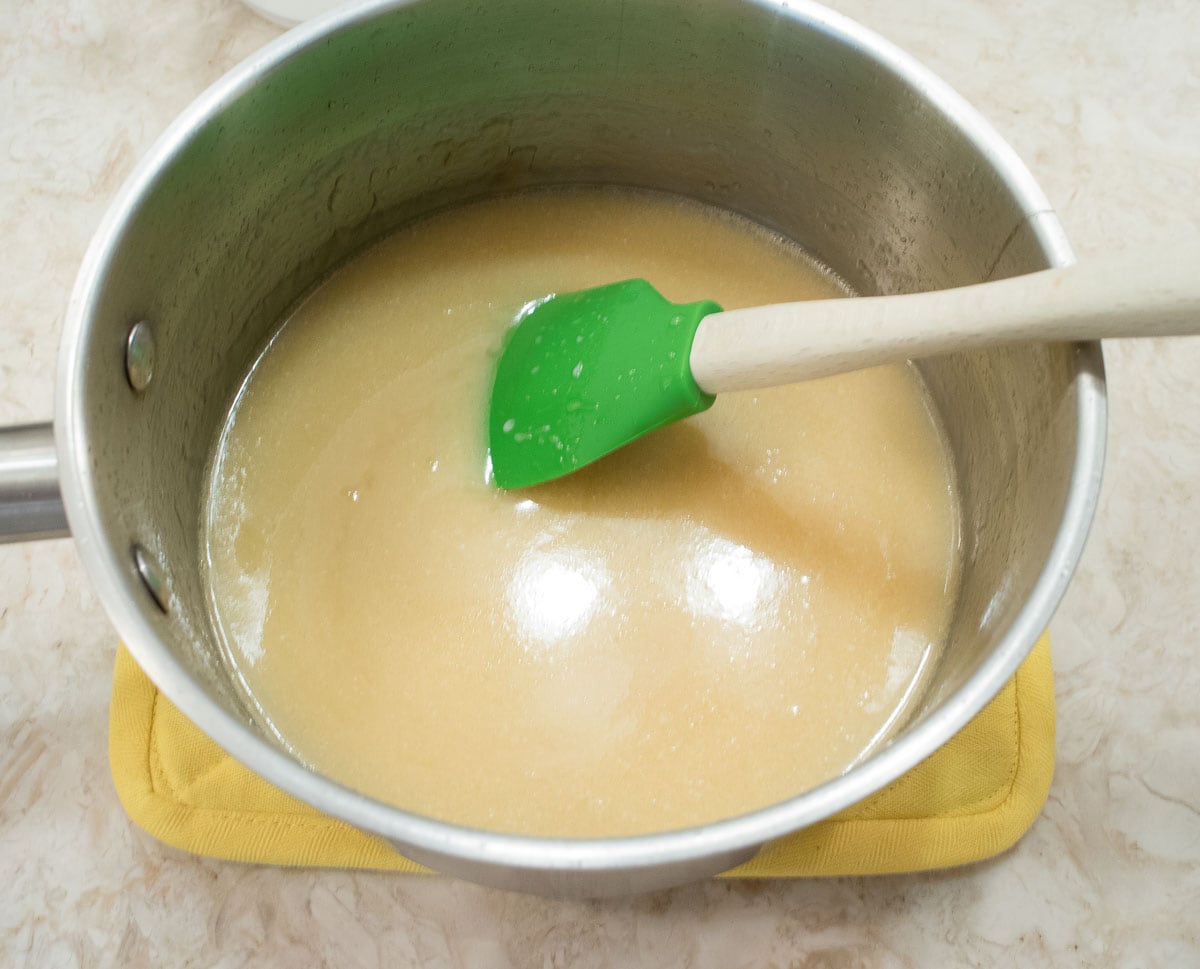
Step 6. Cream and vanilla is added before returning the caramel to the heat. Clip a thermometer onto the pan if possible.
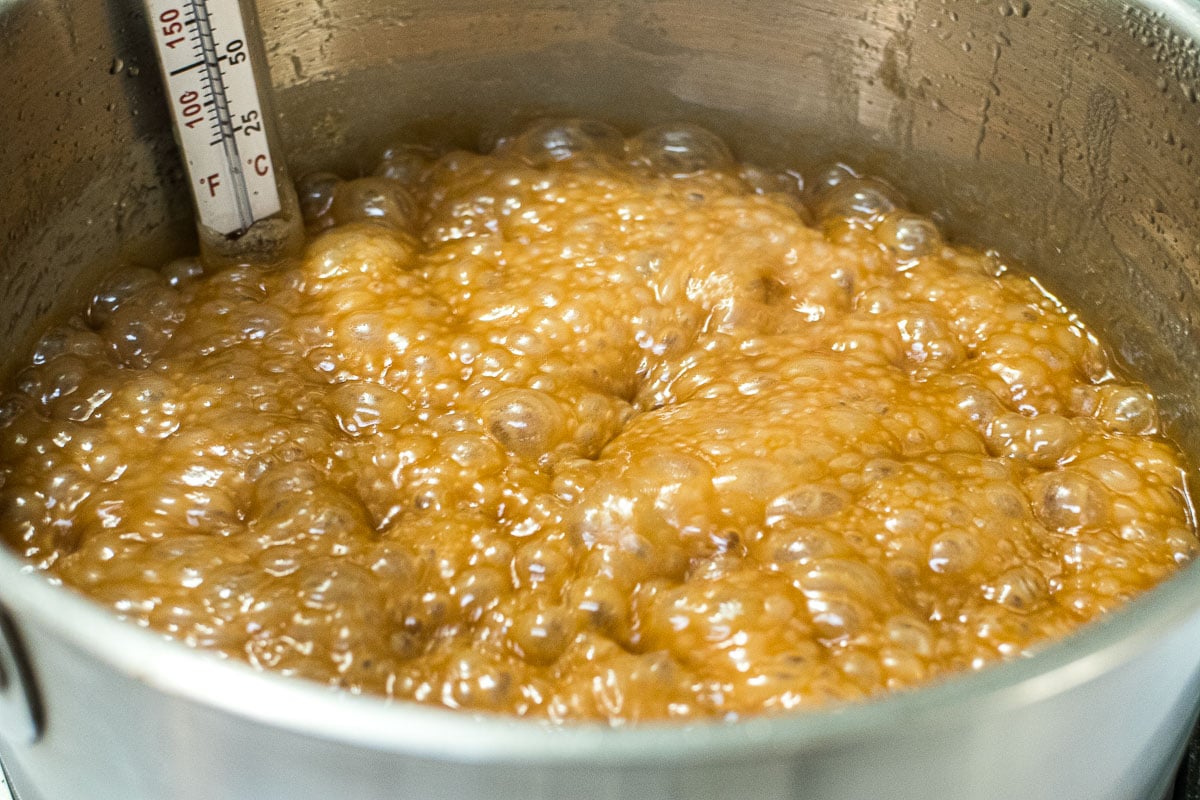
Step 7. The caramel in the last stages of boiling. At this point it just has to be taken to the degree called for in the recipe.
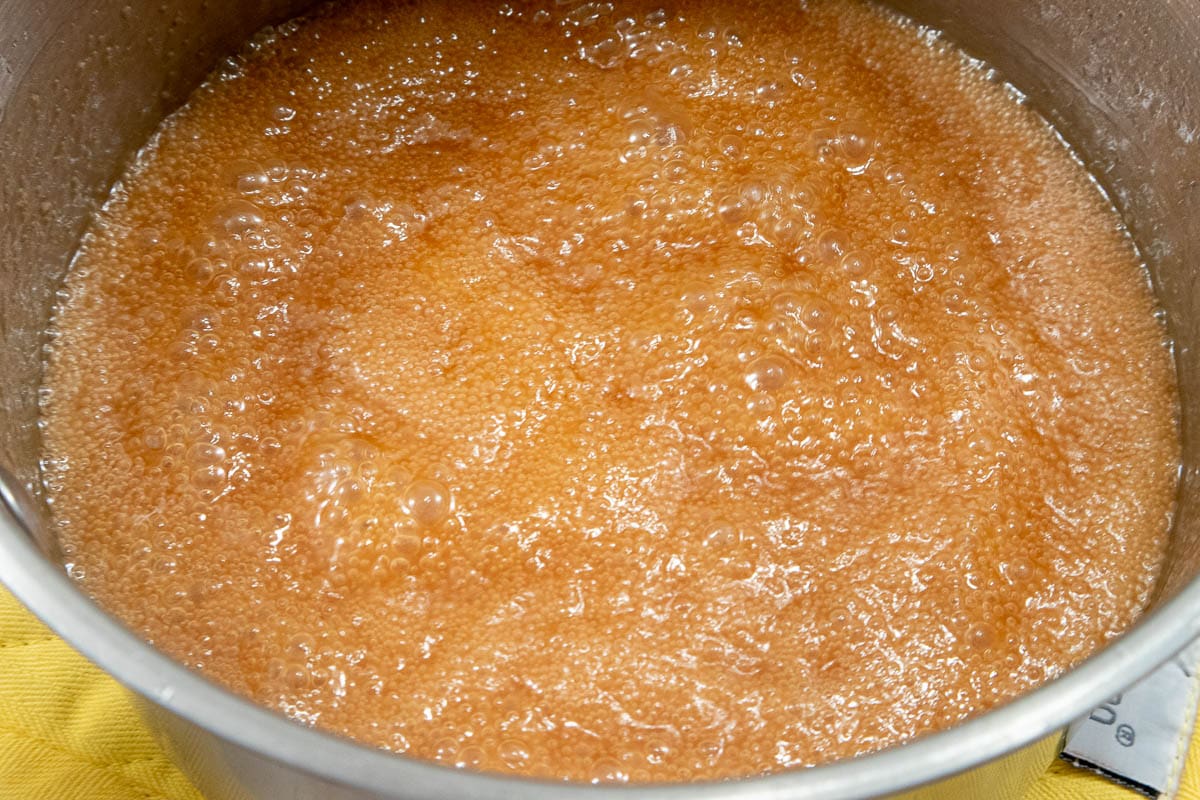
Step 8. Cooked caramel cooking in the pot before storing in a container.
Special Equipment
Deep pot or pan that is at least 3 times the depth of the ingredients. The caramel will rise very dramatically after the butter, cream and, vanilla have been added and the mixture is returned to the heat..
A Candy Thermometer that goes to at least 350°F/180C. Depending upon the use of the caramel, the degree to which it is taken will change. The lower the degree the softer the caramel. The higher the number the harder the caramel.
Storage
After cooling the caramel, pour it into a storage container. It can be stored several days at room temperature. For longer storage, refrigerate it. It will last indefinitely in the refrigerator.
To use the caramel, microwave it briefly to warm it up to the desired consistency. Alternatively, place it over direct heat set on low. Watch it carefully, stir often.
Caramel - A Building Block of Pastry
Ingredients
- 1 cup water
- ½ cup corn syrup
- 1 ¼ cups sugar (250 grams or 8 ¾ ounces)
- 4 tablespoons butter (56 grams or 2 ounces)
- 1 cup heavy cream
- 2 teaspoons vanilla
Instructions
- Heat the cream until hot to make it easier to mix with the sugar syrup. Set aside.
- Place the water, sugar, and corn syrup in a 2-quart saucepan.
- Stir over heat until the sugar is dissolved completely. Bring to a boil. Cover the pan with a tight fitting lid for 3 minutes. Remove the lid and continue boiling. Alternatively wash the sides of pan down with a natural bristle pastry brush dipped in cold water.
- Boil without stirring until the mixture becomes a medium golden color.
- Off heat, immediately add the butter to the saucepan and stir until it is melted.
- Pour the cream in all at once and stir. If some of the cream lumps up, don’t worry.
- Clip a thermometer onto the side of the pan if possible.
- Return to medium high heat and bring to a hard boil.
- Cook to the correct temperature on a candy thermometer as directed in the recipe. Cool in the pan then pour into a storage container.
- This may be made weeks ahead and refrigerated. To use, bring to room temperature. If still a bit stiff, microwave, briefly to soften.


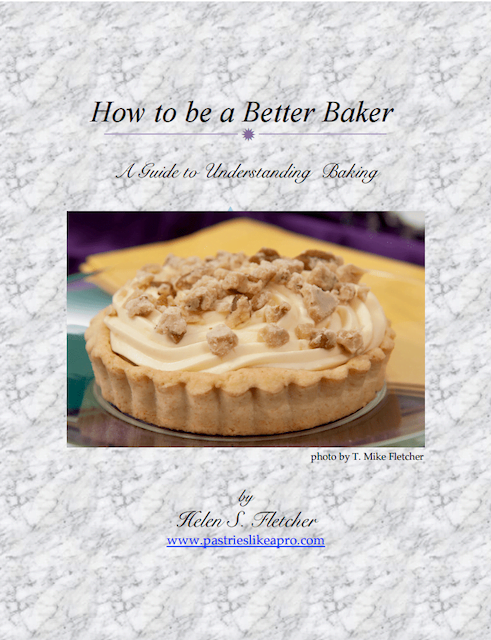
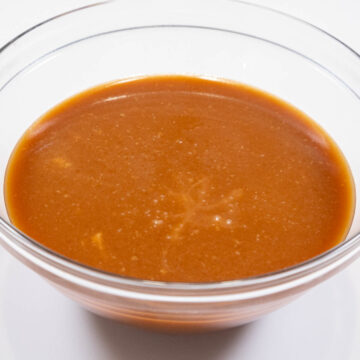

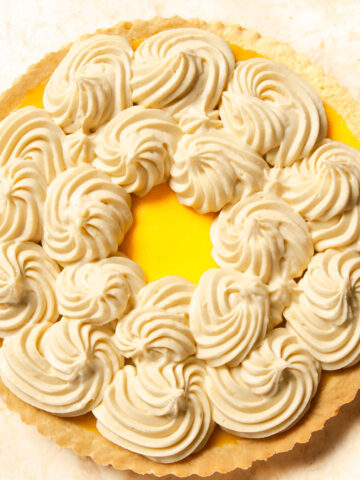
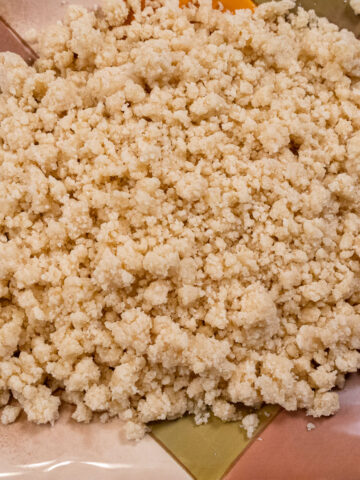
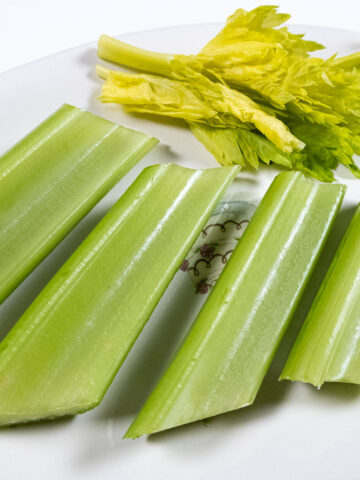
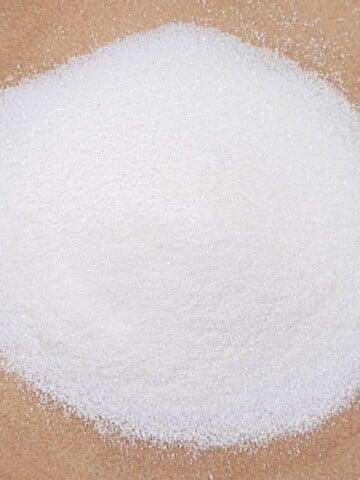
Gay DeMichele says
Hi Helen, I've really enjoyed your blog and have recommended to others. Love this one on caramel-here's my question. Can I make a frosting from this caramel recipe? My dayghter's birthday is coming and she loves banana cake w/caramel frosting and I always have a problem with the frosting. Keep up the great work! Gay DeMichele.
hfletcher says
Hi Gay: Thanks so munch. Coming from you, that means a lot. I agree with you regarding caramel frosting. I have never found one that doesn't get granular after a bit. I have never tried to turn this into a frosting. I doubt it would work because if you over stir it, it will granulate. This won't be in time for her birthday, but look in for the February 20th blog, which features a Banana Caramel Tart with Rum pastry Cream and a Praline Sprinkle.